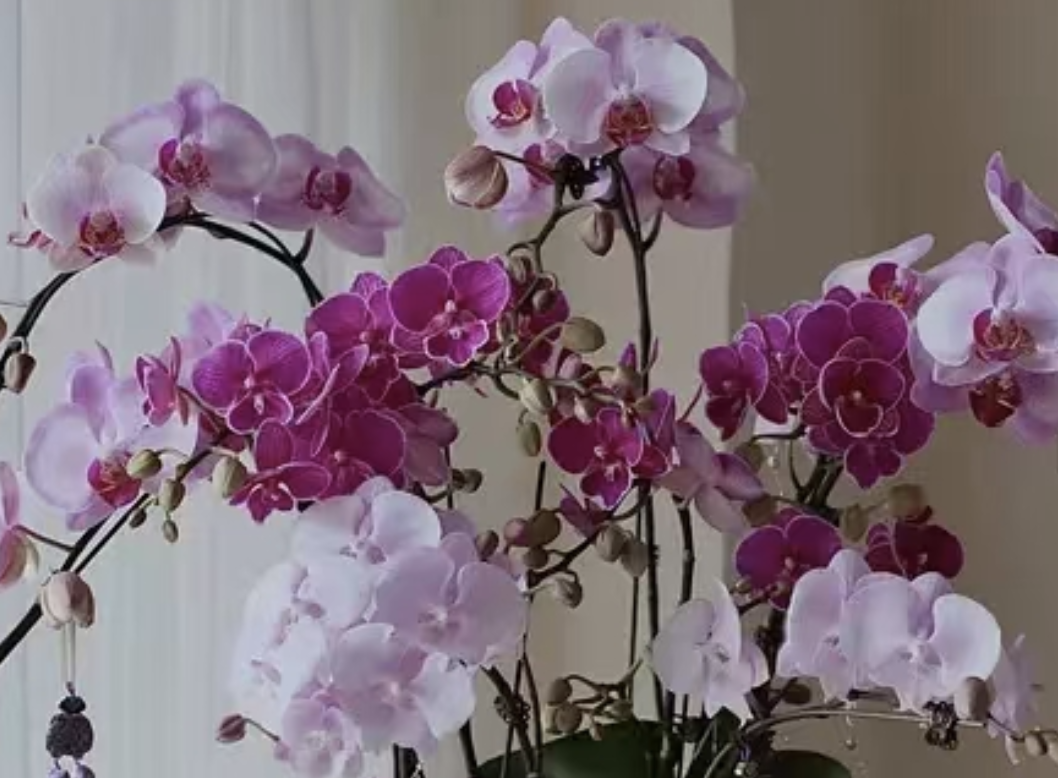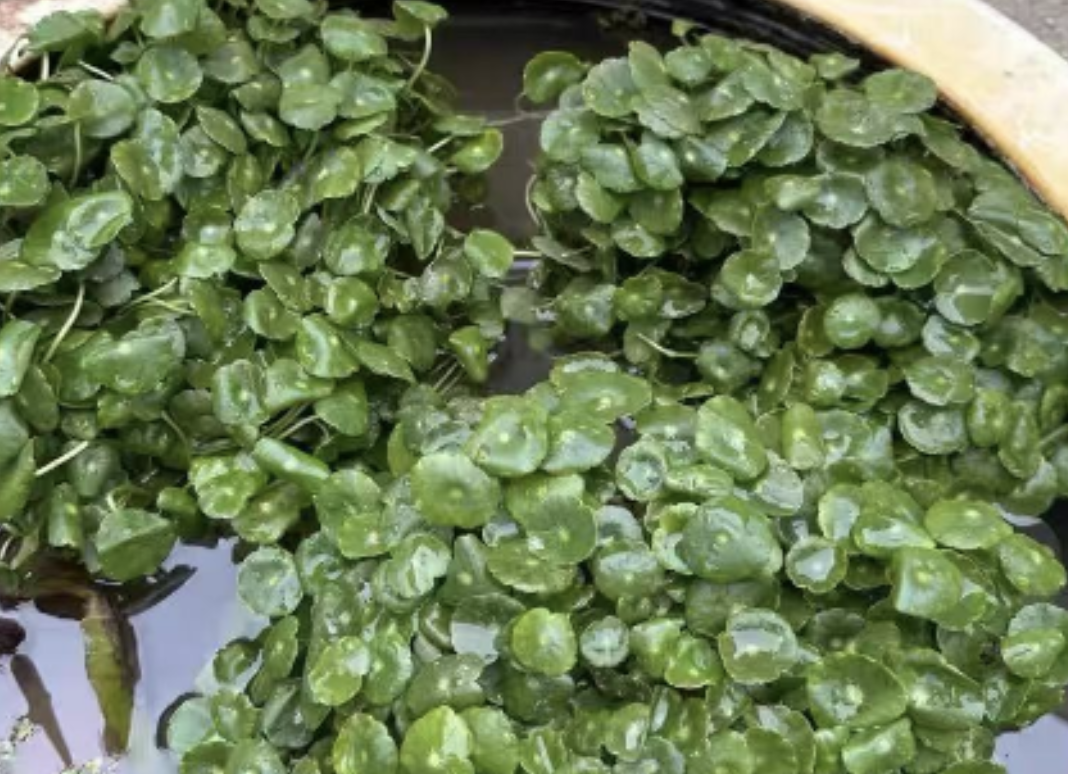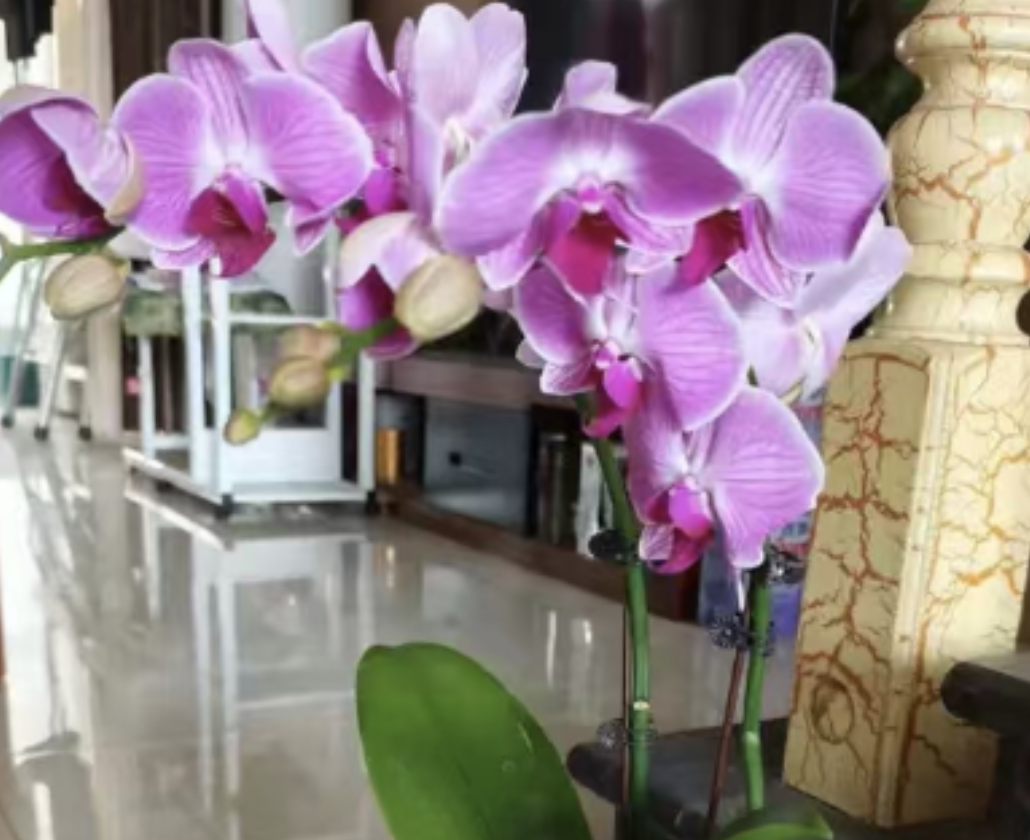One of the most distressing things for flower growers is suddenly finding dark brown spots on the leaves of their Phalaenopsis! What exactly is going on? And how to remedy it when spots are found?
What could these dark brown spots be? The most common are diseases, such as soft rot and anthracnose. Soft rot is caused by bacteria. The spots feel soft, sticky, and may emit a bad smell. If not treated in time, the entire plant will rot. Anthracnose is caused by fungi. The edges of the spots are dark brown, and the middle is grayish-white. They gradually expand and merge into patches, and in severe cases, the leaves will dry up directly.
In addition to diseases, pests can also cause spots on the leaves. Pests like red spiders and thrips will hide on the back of the leaves to suck sap, leaving dense small black dots. Upon close inspection, you can also find the spider webs or excrement they leave behind. If there are small insects crawling around the spots, it can basically be confirmed as a pest infestation.
It may also be caused by improper maintenance. Watering too frequently, keeping the sphagnum moss constantly wet, and causing poor root respiration will show up on the leaves as dark brown spots. Accidentally splashing concentrated fertilizer on the leaves during fertilization and not cleaning it up in time can also burn the leaves and form spots. Suddenly moving the Phalaenopsis from indoors to direct sunlight for ,or exposing it to too low temperatures in winter that cause frost damage, can also lead to dark spots on the leaves.
If you find dark spots on Phalaenopsis leaves, don't hesitate to take targeted measures! If it's a disease, first cut off the diseased leaves, cutting off as much healthy tissue as possible to prevent the spread of pathogens, and remember to disinfect the scissors after cutting. Then spray fungicides, such as carbendazim and thiophanate-methyl, diluted according to the instructions, once a week for 3-4 consecutive times.
If it's caused by pests, if the number is small, wipe off the insects with a cotton swab dipped in alcohol. If the number is large, use insecticides directly, such as imidacloprid and abamectin, also diluted in proportion. Focus on spraying the back of the leaves and the stems, once every 5-7 days until the insects are gone.
If the spots are due to maintenance issues, adjust the methods promptly. Change the watering to "water when dry", wait until the surface of the sphagnum moss turns white before watering. Be careful not to get fertilizer on the leaves during fertilization; if accidentally 沾到,rinse immediately with clean water. Move the Phalaenopsis to a well-ventilated place with scattered light, and keep it warm in winter, ensuring the temperature does not drop below 10°C.
In fact, dark spots on Phalaenopsis are like a cold or fever in humans. If detected early and treated promptly, the plant will recover quickly. Observe the state of the leaves regularly, take preventive measures, ensure regular ventilation, and water and fertilize appropriately, and your Phalaenopsis will stay away from dark spots.
What are the dark brown spots on Phalaenopsis leaves?

Share with
Tagged in :




Leave a Reply